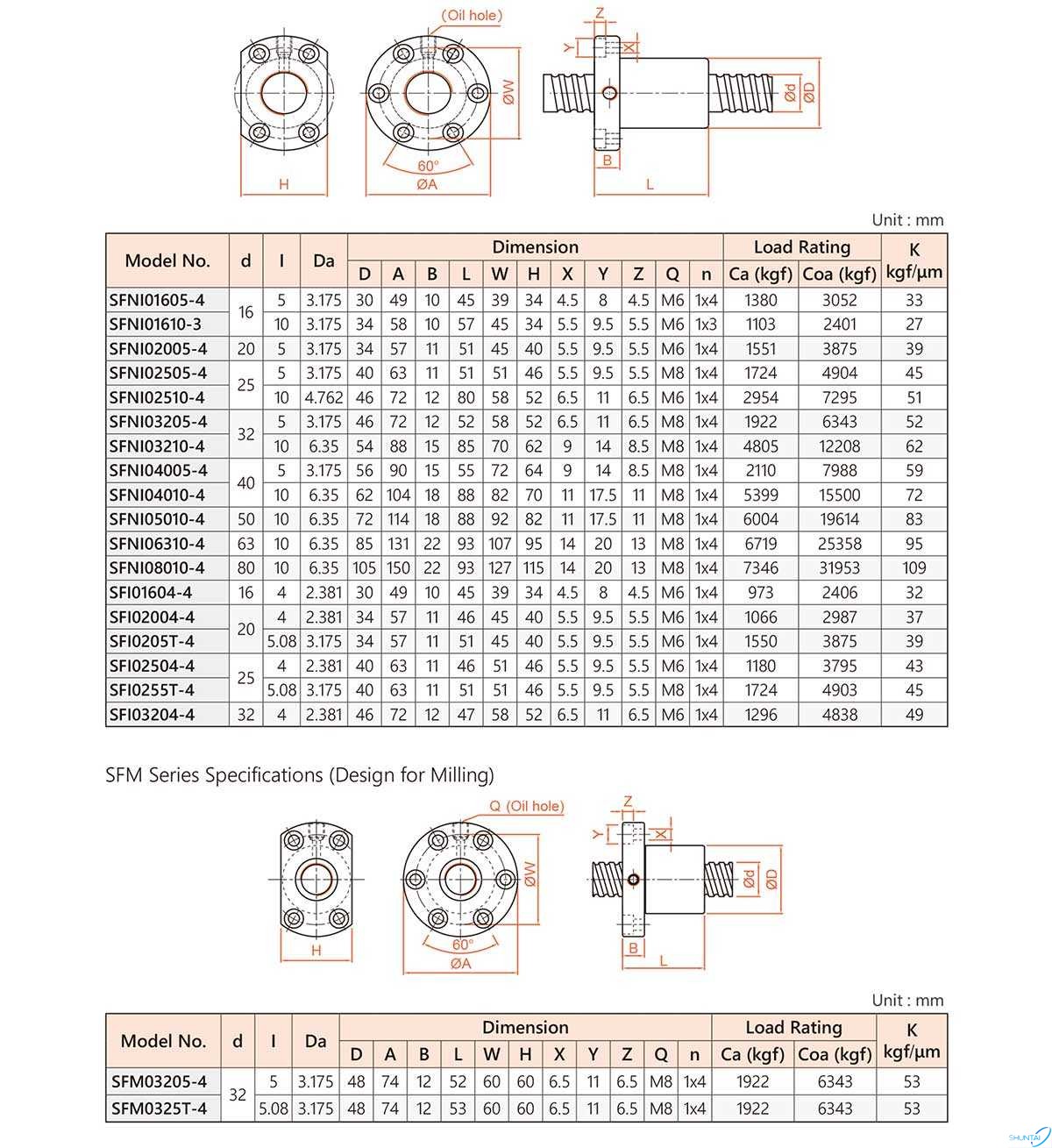A ball screw is a mechanical transmission element, usually consisting of a screw and a ball nut. It is widely used in machine tools, automation equipment, aerospace, medical equipment and other fields to realize linear motion or convert rotary motion into linear motion.
The principle of the ball screw is to use the cooperation between the ball inside the ball nut and the thread of the screw to move the ball nut along the axial direction of the screw by rotating the screw. Compared with traditional threaded screws, ball screws have a lower coefficient of friction and higher efficiency, enabling higher precision and movement speed.
Advantages of ball screws include:
1.High precision: The ball screw has high transmission precision, which can realize precise linear motion control, and is widely used in equipment and systems that require high precision positioning.
2.High efficiency: Since the ball screw is matched with the thread, it has smaller frictional resistance than the threaded screw, so it has higher transmission efficiency.
3.Large load capacity: The ball screw can withstand large radial and axial loads, making it suitable for engineering applications that need to withstand high loads.
4.High-speed movement: Due to the small frictional resistance and inertia of the ball screw, it can achieve high movement speed.
5.Long service life: Ball screws are usually made of wear-resistant materials and reasonable lubrication methods, which can provide long service life and stable performance.
According to the requirements of specific applications, the ball screw can also be customized according to parameters such as size and precision to meet the special requirements of different engineering needs.





